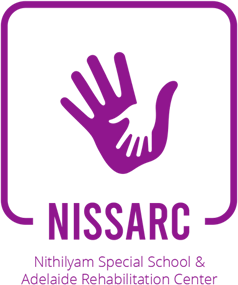+(91) 90470 63880
nithilyamrehabcentre@gmail.com
Scoliosis
Scoliosis is the abnormal lateral curvature of the spine. There will be side to side curve of the spine, when viewed from behind, the spine normally appears straight. However, a spine affected by scoliosis is curved often appearing like an S or C — with a rotation of the vertebra.
Types : The different types of scoliosis are
- Congenital
- Idiopathic
- Neuromuscular
CONGENITAL SCOLIOSIS
In congenital scoliosis, spinal curvature develops because of misshapen vertebrae. As a child grows, scoliosis may worsen, and asymmetries in the body may develop.
NEUROMUSCULAR SCOLIOSIS
A child with an underlying neuromuscular condition is at higher risk for developing scoliosis. A straight spine requires normal muscle balance and strength in the torso. In conditions such as cerebral palsy, spina bifida and muscular dystrophy, the muscles are often weak and unbalanced, leading to the development of a spinal curvature.


What are the Symptoms?
- Difference in shoulder height.
- The head isn't centered with the rest of the body.
- Difference in hip height or position.
- Difference in shoulder blade height or position.
- When standing straight, difference in the way the arms hang beside the body.
- When bending forward, the sides of the back appear different in height.
- Prominence or asymmetry in the ribs seen from the front or back.
Treatment
At NISSARC, we aim to stop the progression and prevent any deformity using early intervention.
Braces are recommended for children with curve 20 to 50 degree.
Exercises are aimed to
- Improve breathing
- Ergonomical correction
- Restore muscular symmetry and alignment
- Increase the ROM
- Improve respiratory capacity
- Stabilization

